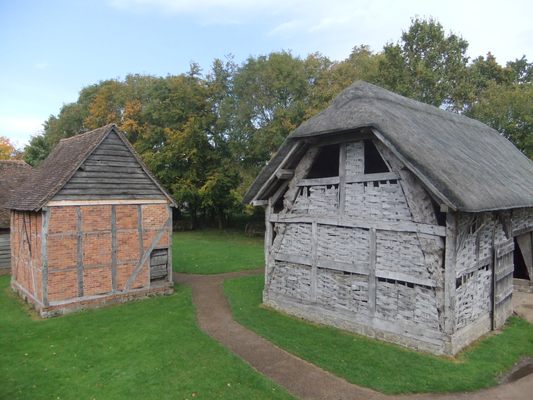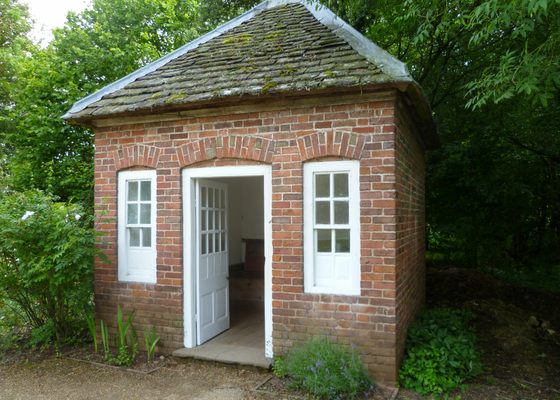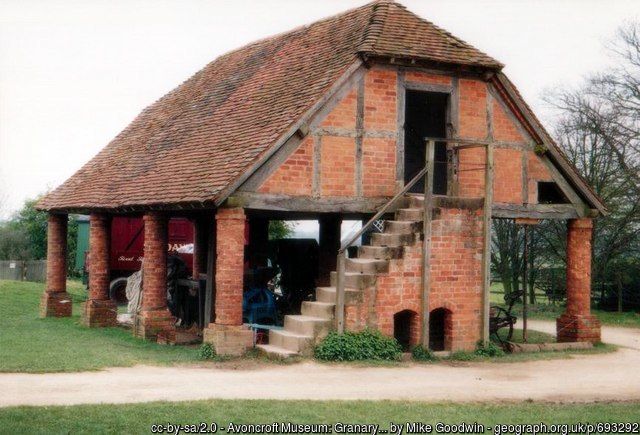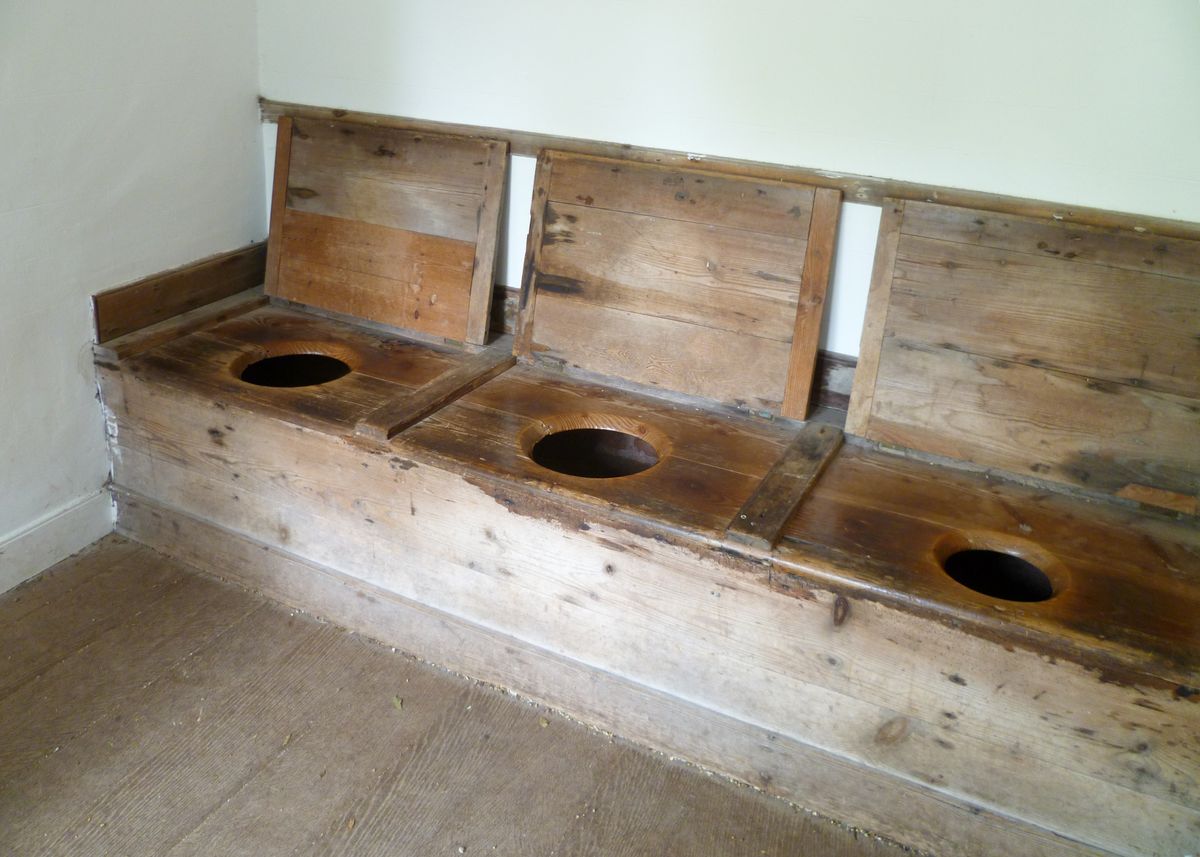About
In 1963, a medieval house in the town of Bromsgrove was scheduled for demolition to make way for a bypass until a local landowner decided to step in to save it. The house was painstakingly deconstructed, its parts labelled and packaged and shipped off to be reassembled in a field outside the town.
The 1960s were a particularly brutal time for Britain’s historic buildings, as many remarkable structures were bulldozed in the name of progress to make way for shopping malls and motorways, and soon a number of other doomed buildings from all over the English Midlands and Wales followed the same fate.
This assortment of saved structures became the basis for the Avoncroft Museum of Historic Buildings, which opened to the public in 1967. Today, it's a slightly surreal menagerie of oddball buildings gathered in a field, sharing little in common except for their salvations.
The museum has 30 exhibits set in 19 acres of parkland. Its features include a windmill, a post-World War II prefabricated house, a lonely church spire—remarkable only for being made of fiberglass, a chain-making workshop, a cell block, a highway toll house, a cockfighting pit, and an 18th century outdoor toilet.
The museum also hosts a brick display and is home to the British National Telephone Kiosk Collection, which contains examples of iconic street furniture that range from the earliest cast iron red phone booths of 1912 up to the last glass units to be installed in the 1990s.
Related Tags
Know Before You Go
The museum is easily reached from Birmingham by taking the train to Bromsgrove. The museum is a little over a mile from the station.
Community Contributors
Added By
Published
July 14, 2017
















































